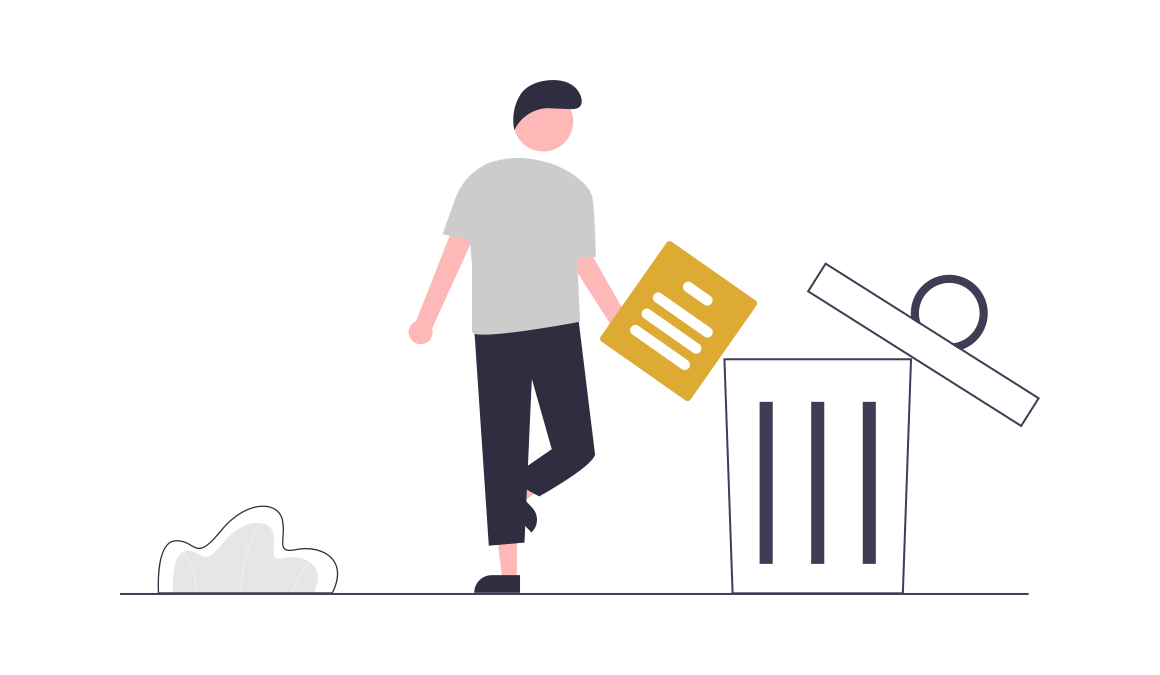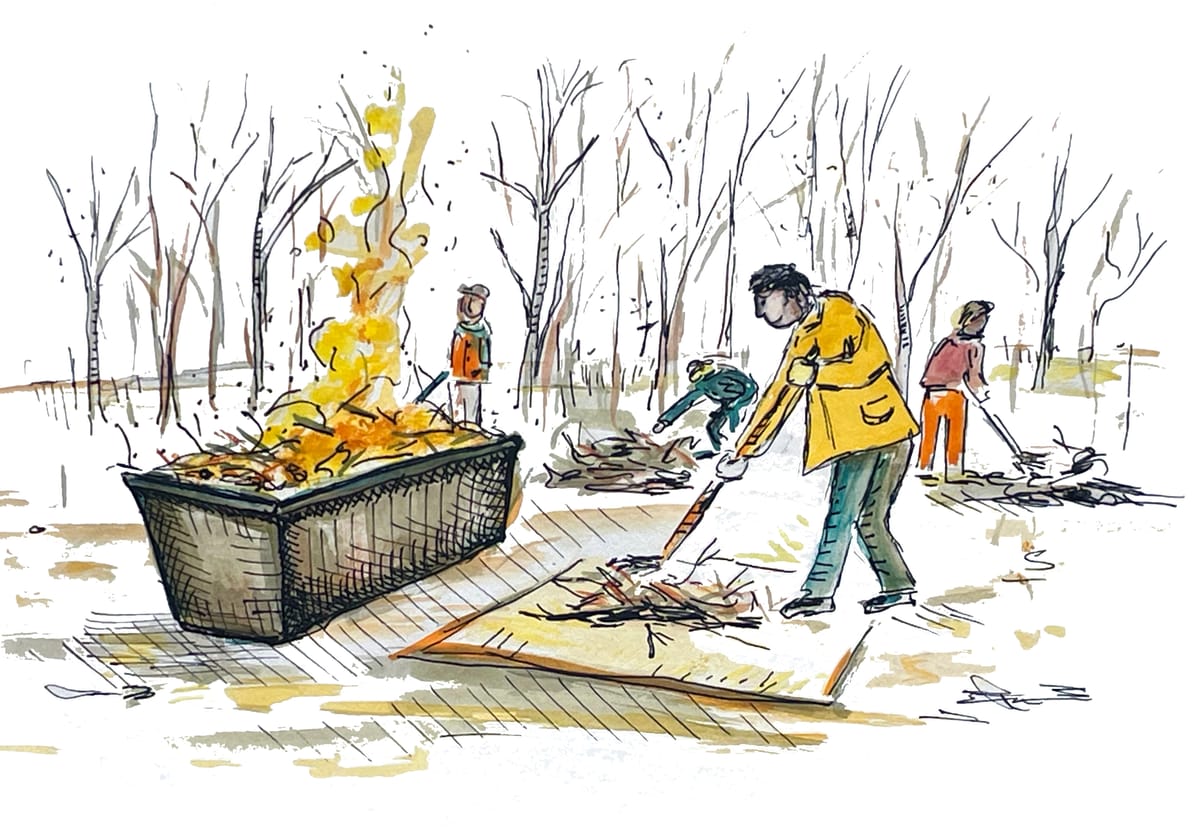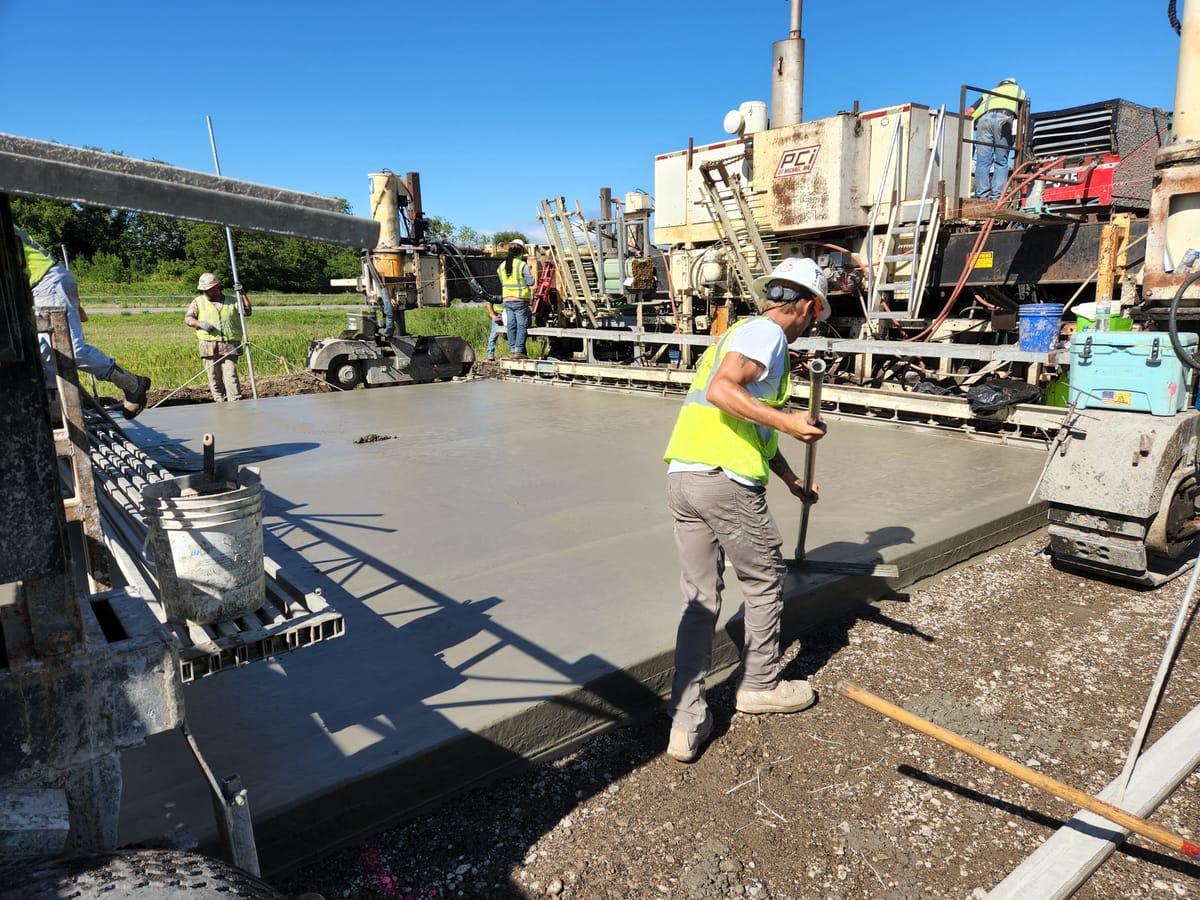How lawmakers, officials plan to overhaul recycling in Minnesota
Mohamed Ibrahim reports on new legislation that would hold manufacturers of packaging waste accountable by collecting fees based on the type and total weight of waste produced.

By Mohamed Ibrahim
MinnPost
This story was originally published by MinnPost on June 27, 2024. Find the original story here.
The use of e-commerce and deliveries has seen a dramatic rise in recent years, and alongside it the amount of packaging waste that ends up in Minnesota landfills each year.
About 40% of waste statewide now comes from packaging, prompting lawmakers to put the onus on the manufacturers of that packaging.
The Packaging Waste and Cost Reduction Act passed by the Legislature last month aims to remedy old problems and new ones. Lawmakers and advocates hope it will lessen the environmental impacts of packaging made up of plastic and other non-recyclable waste, while also creating sustainable funding for recycling efforts that have become too expensive for many residents and local governments statewide.

Currently, counties and cities either contract with recycling hauler companies, have their waste hauler provide recycling services or use city crews to collect recyclables from residents. The state runs a recycling grant program called SCORE grants, where they offer funding to municipalities to help pay for recycling efforts, along with food waste management, waste reduction and composting.
But the grants are not nearly enough to fully fund recycling services, said DFL Rep. Sydney Jordan of Minneapolis.
“The amount that the state is able to provide in SCORE grants is not equal to the amount of money it takes to actually recycle and deal with waste,” she said. “So that means that counties are needing to make up the gap, and who funds counties? It’s taxpayers, its residents, and so we’re really funding this as the amount of waste is ballooning.”
For local governments in Greater Minnesota with much smaller budgets, it’s not sustainable. The city of Virginia in northern Minnesota, for example, cut its curbside recycling services earlier this year because it became too expensive.
The new legislation, authored by Jordan in the House and former DFL Sen. Kelly Morrison in the Senate, holds manufacturers of packaging waste accountable by collecting fees based on the type and total weight of waste produced. The fees will then be used to pay for recycling efforts statewide, overhauling how recycling is funded in Minnesota and removing the burden of those costs from taxpayers.
It also requires all packaging to be recyclable, reusable or compostable by 2032. Companies that don’t comply won’t be able to sell their products in Minnesota, and could face fines of up to $25,000 a day.
Several corporations have pledged to limit their contribution to plastic pollution by making their packaging more recyclable, and getting rid of widely used single-use plastic and other packaging harmful to the environment. But many of those companies are falling short in upholding those pledges.
An analysis by nonprofit As You Sow, where they scored the actions and goals of more than 200 companies across 15 industries to mitigate plastic pollution, showed many of them are using more plastic than ever despite stated goals to reduce. Most of the companies have goals to improve recyclability of their packaging but haven’t invested in ways to achieve them, and less than two dozen of the companies analyzed are on track to meet their goals, according to the analysis.
With the passage of the new law and the collection of the fees, companies now have a vested financial interest in how much packaging waste they produce, said Kirk Koudelka, the Minnesota Pollution Control Agency’s assistant commissioner for land policy and strategic initiatives.
“Now that they’re responsible, they have an interest to design in a way that creates less waste, and sure volume, but also less toxicity (and) less chemicals because it makes it harder to recycle with those things,” Koudelka said. “There’s a lot of things today, like some of the plastic pouches around slice(d) cheese for example, that can’t be recycled. The law says by 2032, those things need to be recyclable, so that’ll be a big change by this law and shifting it towards the producers.”
By shifting the cost burden to companies who produce the packaging, the economics of recycling improves.
“The people who are responsible are the ones who should bear the burden, not people who don’t have a choice,” Jordan said. “These microplastics are everywhere and we need to address them. The people who are responsible are the manufacturers of this packaging, and so that’s why it was important to make sure that they had a stake in it.”
Minnesota creates about 6.1 million tons of waste each year, and about 45% of that is reused, recycled or composted. That 45% amounts to the equivalent of 4.5 million metric tons of carbon dioxide that could have entered the atmosphere if it was incinerated instead of recycled.

Koudelka said that number is better than most other states, but the state’s goal is 75%, and much of what could be recycled still goes to landfills or pollutes the environment, like microplastics ending up in waterways.
With help from the newly passed legislation, the fixes will include the production of more plastic packaging that is actually recyclable. Increasing access to recycling for places like the city of Virginia, and reducing the amount of plastic that ends up in the waste stream overall, either through waste reduction or more reusable items, will play large parts as well, he said.
“With Minnesota now being a leader and the fifth state to pass this, what’s really unique about Minnesota’s law compared to some of the others is it really looks at making sure things are recyclable, and driving towards something more sustainable,” Koudelka said. “And that’s waste reduction and reuse – investing in that for the environmental benefits and the economic benefits that brings to our society.”
